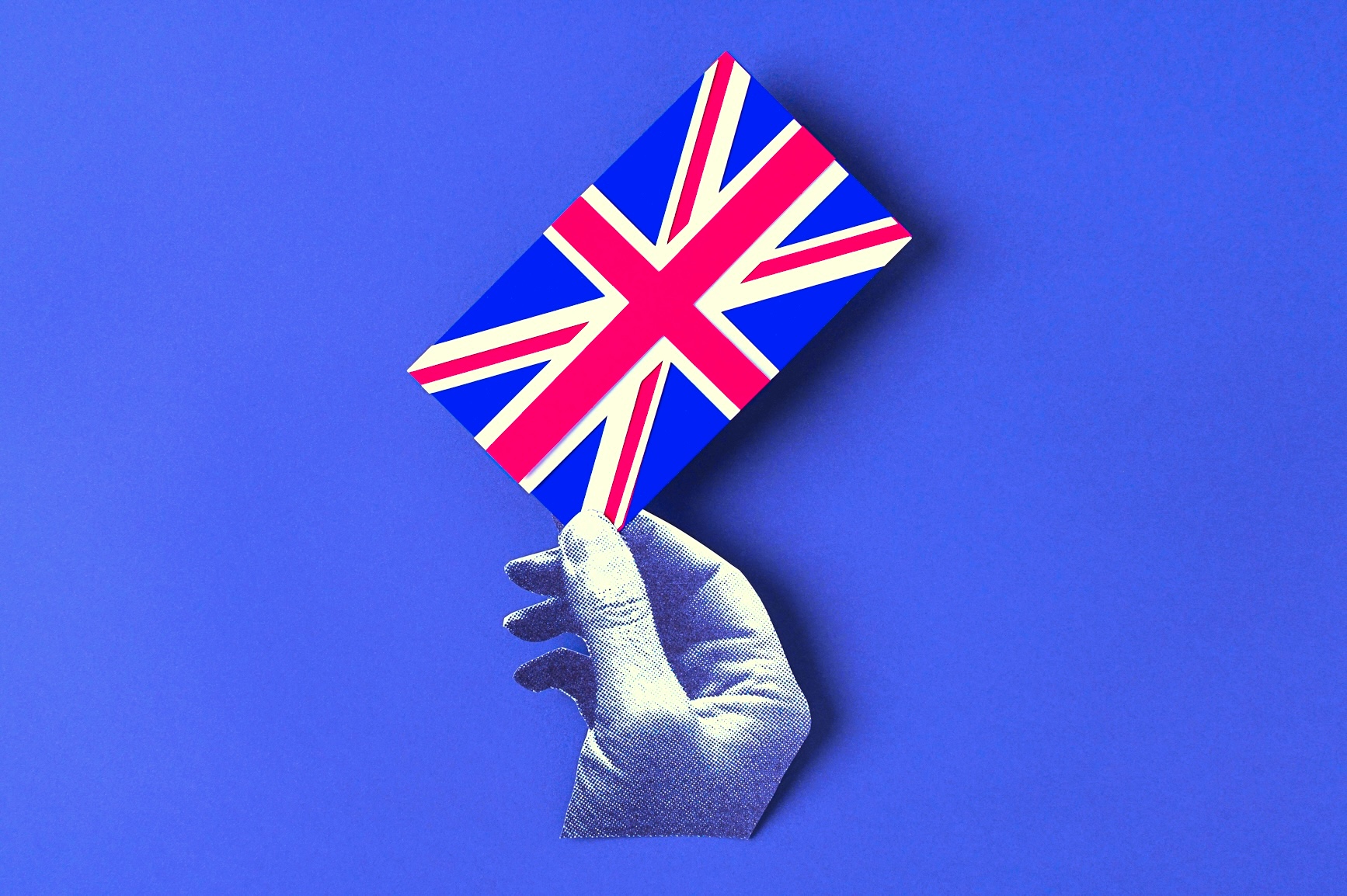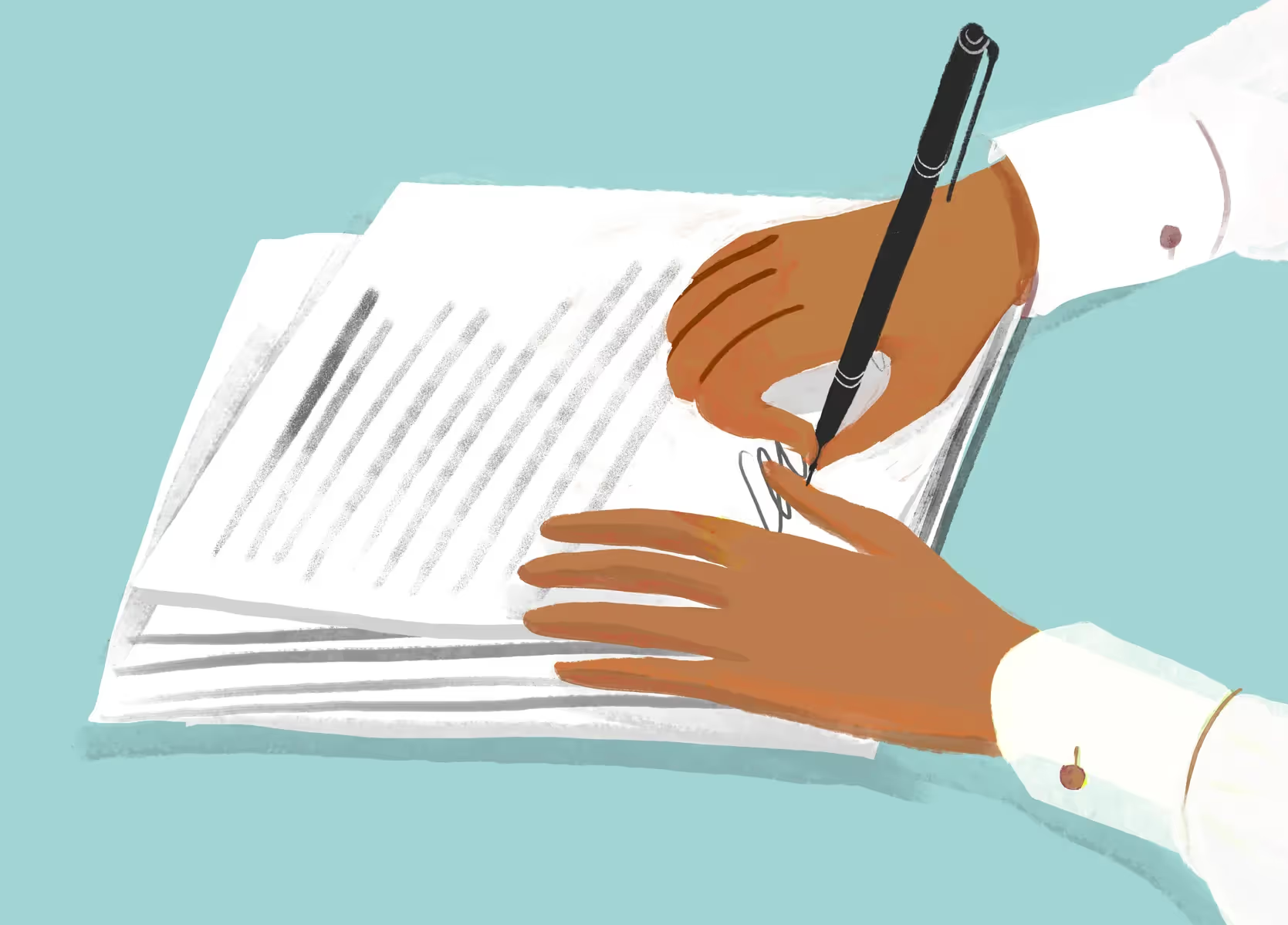
What is a Purchase Requisition? Definition, steps, & benefits
Learn how purchase requisitions work and their importance in procurement.

Navigating the complexities of procurement and supply chain management requires a keen understanding of the processes and documents that ensure efficiency and compliance.
A fundamental element in the purchasing process is the purchase requisition, a document that not only initiates the procurement cycle but also lays the groundwork for effective vendor management, contract renewals, and accounts payable automation.
This article aims to demystify purchase requisitions, highlighting their significance, the processes involved, and the undeniable benefits of standardization within the procurement landscape.
What is a purchase requisition?
At its core, a purchase requisition is a key document meticulously crafted by an employee or department signaling the need for goods or services. It acts as the preliminary step in the procurement process, serving a dual purpose: to validate the necessity of a purchase and to ensure adherence to the company's purchasing policy before any financial commitments or expenditures are made.
Purchase requisition vs. purchase order: What’s the difference?
A purchase requisition is an internal document that an employee uses to request the purchase of goods or services. Its primary role is to initiate the buying process, ensuring that the purchase aligns with the company's needs and budget constraints. It is not a binding contract and is used internally within an organization.
Conversely, a purchase order is a document sent from a buyer to a seller, requesting the purchase of goods or services. Once the seller accepts the purchase order, it becomes a legally binding contract between the two parties. The key differences between these documents include their stages in the procurement process, their purpose, their recipients, and their legal implications.
What do you include in a purchase requisition?
A purchase requisition is more than just a form; it's a strategic document that initiates the procurement cycle. A well-structured purchase requisition includes:
Purchase requestor
The purchase requisition process begins with identifying the individual initiating the request. It sounds obvious, but include the name of the employee who has identified the need for said goods or services. It's essential to document the requestor's details to establish accountability and facilitate communication throughout the procurement process.
Department of requestor
Specifying the department making the requisition helps in allocating costs appropriately and ensures that the goods or services are delivered to the right segment of the organization. This information aids in tracking departmental spending and aligning procurement with organizational budgets—your finance team will appreciate these details.
Mailing address/delivery location
It goes without saying, but the delivery address must be accurate to ensure that the ordered goods or services reach the correct location without delay. Whether it's an office address, a warehouse, or a specific department within the organization, accurate delivery information prevents logistical errors and unnecessary complications.
Requisition date
Don’t forget to include the date the purchase requisition is created for tracking the procurement process's timeline. It helps in prioritizing requests, managing lead times, and maintaining a chronological record of procurement activities.
Requested delivery
Timing can be everything in procurement. Specifying the desired delivery date helps in planning and ensures that goods or services are received when needed, contributing to the smooth operation of business activities.
Description of the requested goods or services
A detailed description of what is being requested is perhaps the most important part of the purchase requisition. This should include all relevant details such as model numbers, product names, specifications, and any other information that will help in accurately fulfilling the purchase request. This clarity reduces the risk of errors and ensures that the procurement department can source the exact goods, services, or other raw materials required.
Quantity
The quantity of each item needed is vital for both budgeting and supply planning. Accurately specifying quantities ensures that the organization neither under-orders (leading to operational delays) nor over-orders (resulting in excess inventory and wasted resources).
Unit price and total price
While the unit price may be an estimate at the requisition stage, it plays an important role in financial planning and budgeting. The total price of the requisition helps in assessing the financial impact of the purchase and ensuring that it aligns with budgetary constraints.
Business justification
Including a business justification for the purchase requisition is a practice in strategic procurement. It explains the necessity of the purchase, aligning it with business objectives and demonstrating the value or return on investment expected from the acquisition.
Suggested vendor
If a specific vendor is recommended or preferred for the purchase, detailing their legal name, mailing address, and contact information can expedite the procurement process. This information is particularly useful when established relationships or agreements are in place, potentially leveraging better payment terms or pricing.
10 steps of a purchase requisition workflow
The purchase requisition workflow is a sequence of steps designed to ensure that every business purchase is necessary, justified, and aligned with the finance department’s policies and budget.
While the specific workflow can vary from one organization to another, a general template provides a solid foundation for understanding and optimizing this process. However, it's important to note that deviations from a standardized workflow can lead to issues including approval delays, financial discrepancies, and operational inefficiencies.
1. Identify and define a need
The process begins when an employee or team recognizes a specific need within the organization, such as office supplies or equipment repair. This ‘need identification’ clarifies the purpose of the purchase and ensures it aligns with operational requirements.
2. Submit a purchase requisition form
The identified need is formalized through a purchase requisition form, detailing the request and providing a summary of the business need. In legacy systems this form may be submitted manually, but with modern procurement orchestration platforms like Zip, this entire process can take place within software that ensures transparency and control for all stakeholders involved in the procurement process.
3. Review and approval of the request
Next, the department manager reviews the requisition for completeness and budget alignment. This can lead to approval, a request for additional details, or outright rejection based on the organization's current needs and financial constraints.
4. (Optional) additional approvals
In some organizations, the requisition may require further approvals from higher management, legal, IT, or other departments. If your organization’s approval process is powered by Zip, cross-functional approvals are easy, transparent and trackable, allowing for real-time collaboration and notifications ensuring everyone is aligned and on track.
5. Stock inventory check
Before proceeding further, it's necessary to verify that the requested items are not already available in stock. This prevents unnecessary purchases, optimizing resource utilization and reducing waste.
6. Purchasing department final approval
The purchasing department conducts a final review to ensure the requisition complies with the company's procurement guidelines. Missing information, budget issues, or misalignment with business rationale can result in the requisition being returned or denied.
7. A purchase order is generated
Once the requisition is approved, a purchase order (PO) is created and sent to the selected vendor. This document formalizes the purchase agreement, becoming a legally binding contract upon vendor acceptance.
8. Receive goods and/or services
Upon agreement, the vendor supplies the requested goods or services. This marks the fulfillment of the immediate procurement need, pending verification of order accuracy and quality.
9. Three-way match
Before finalizing the transaction, a three-way match process compares the purchase order, the received invoice, and the delivery receipt. This inventory management verification ensures that the order was completed as agreed, safeguarding against discrepancies and errors.
10. Invoice payment
With all checks completed and approvals in place, the final step involves paying the vendor invoice. This closes out the purchase requisition workflow, allowing the organization to close out the procurement process for that particular request.
Why do you need a purchase requisition?
The purchase requisition might seem procedural but plays a pivotal role in safeguarding against financial discrepancies and enhancing business operations. Here’s why you need a purchase requisition:
A purchase requisition formalizes an audit trail
A purchase requisition kicks off the creation of a detailed financial audit trail for purchases, setting the stage for accountability and transparency. It's the first checkpoint that ensures every purchase is necessary, approved, and aligned with company policies.
A purchase requisition establishes transparent guidelines
By outlining how purchases should be initiated, including the documentation and approval workflows required, purchase requisitions create a standardized workflow. This clarity reduces confusion and streamlines the procurement process.
A purchase requisition optimizes procurement
The process of reviewing and approving purchase requisitions ensures that purchasing decisions are made wisely and efficiently. This not only expedites the procurement of goods and services but also ensures strategic resource allocation.
A purchase restitution increases accountability through review processes
The requirement for approval in the purchase requisition process enhances spend management, ensuring adherence to budgetary guidelines and strategic objectives. This fosters financial discipline and ensures value-driven purchasing.
Understanding Procure-to-Pay vs. Source-to-Pay
The purchase requisition is also key in differentiating between procure-to-pay (P2P) and source-to-pay (S2P) cycles. While P2P focuses on the operational aspects from requisition to payment, S2P encompasses the entire process from supplier sourcing to payment. The purchase requisition marks the transition from strategic sourcing to operational procurement, highlighting its pivotal role in both cycles.
Improve the purchase requisition process with Zip
To enhance the efficiency and accuracy of your procurement process from intake through the purchase requisition process and beyond, consider implementing Zip's AI-powered Intake-to-Procure solution.
Zip streamlines the purchase requisition process with guided intake, collaborative review workflows, and seamless integration with your existing technology stack.
By adopting Zip, you can ensure that your procurement process is optimized from initial requisition to contract execution, fostering a more efficient, compliant, and cost-effective procurement environment.
Embrace a streamlined procurement process with Zip and take the first step towards optimizing your procurement operations by requesting a demo today.

Maximize the ROI of your business spend

Enter your business email to keep reading



























.webp)



















.avif)













.avif)










.webp)





.avif)












.avif)
